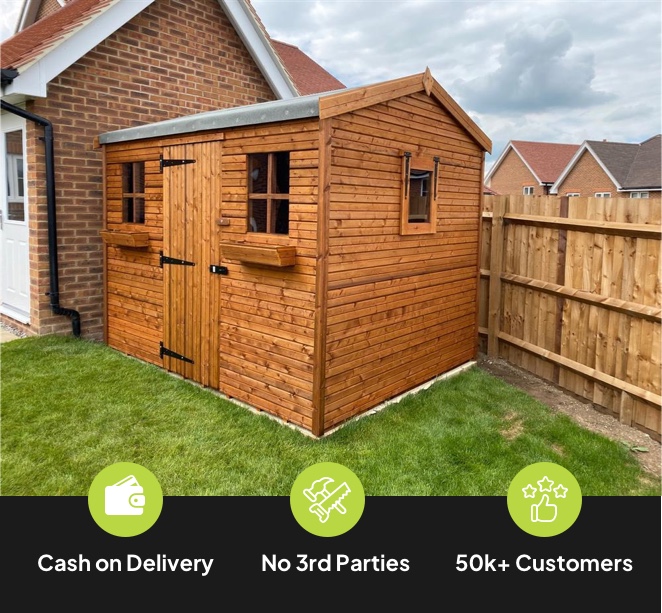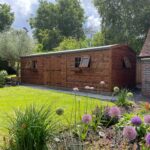
Guide to Buying a Shed
16/11/2023
Optional Extras Explained
16/11/2023GUIDES
How To Prepare Your Shed Base
As with any structure it is important to provide a firm, level and square base for your new garden building. Without a suitable base your building will be unstable and deteriorate rapidly.
Slab Base
Base preparation need not be elaborate and alternative materials can be used in some cases. Whatever method you choose, it is important that the end result is above all; firm, level and square. Providing the proposed site is not subject to regular flooding, your new building can be set directly on to a concrete pad or slabbed area as shown. If laying slabs, firm up the sub-surface and bed slabs into sand, gravel or sand and cement dry mix.
01. Planning
Set out rough size of shed layout, and if possible leave space around shed to allow easy construction and maintainance.
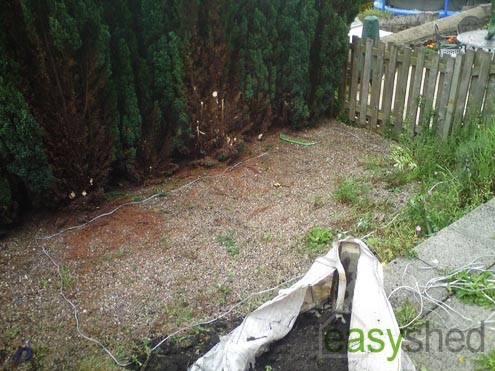
02. Foundations
Set the foundation for each slab by compacting some dirt and hardcore (small pebbles/rocks).
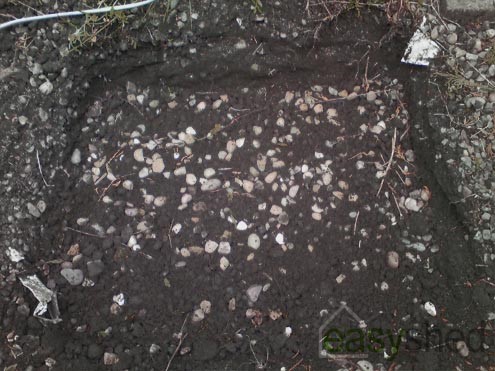
03. Cement
Add at least 1 inch of sand and cement (mix 1 cement to 4 sand) and roughly level.
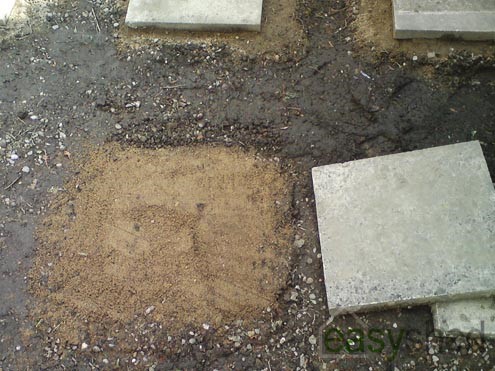
04. Levelling
Make sure all slabs are level with each other (note: we have used 18 inch slabs).
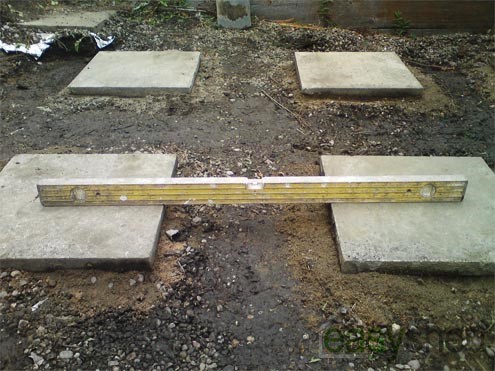
05. Slabs
The number of slabs required will depend on the size of your shed. Ideally we should lay the slabs closer together.

06. Runners
Here our fitters laying the shed flooring and we have superimposed where the runners lay.
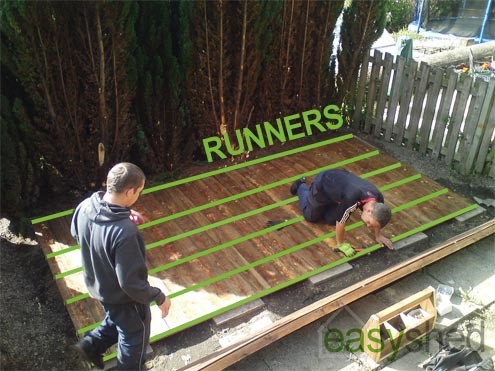
Additional Running Information
Running the width/short side of the shed:
To catch all the runners you should lay slabs next to each other with no gap.
Running the length/long side of the shed:
You can space the slabs 50-100cm apart (from center to center).
It is not a major issue if you can't support all the runners with the slabs as we do add plenty to our sheds. But if you find the flooring bounces or bows slightly due to unsupported runners, you can add 3x2" (planed) timber to run along the length between your slabs and support the flooring/runners.
Bearers might also help to strengthen your base support. They are 4"x4" tanalised wooden posts which run in an opposite direction to the floor joists making a crisscross formation and should rest on the slabs you have layed along the shed width, but can even be layed directly on the ground. They also allow good air circulation while keeping the shed base away from the damp. We can provide tanalised bearers as an optional extra.


